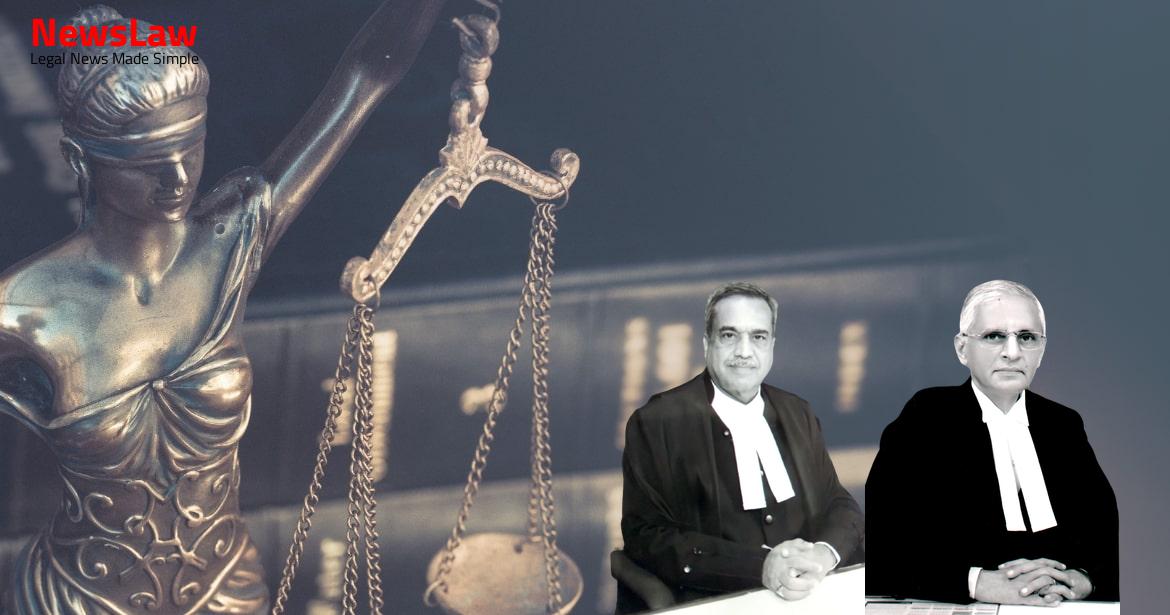In the realm of legal proceedings, the integration of technology has revolutionized the way courts operate. Indian courts have proactively adopted video conferencing and other digital tools to maintain access to justice, especially in the face of challenges posed by the COVID-19 pandemic. By embracing technological advancements through initiatives like the e-Courts Project and NeGP, the judiciary is speeding up processes and ensuring connectivity for all. This summary delves into how courts analyze the use of technology to uphold the legal system’s fundamental commitment to access to justice.
Analysis
- Video conferencing is a technological advancement that allows for remote communication similar to in-person interaction.
- Courts in India are authorized to use video conferencing technologies for judicial proceedings.
- Complaints regarding feed quality during proceedings must be addressed through a helpline.
- Evidence cannot be recorded via video conferencing without mutual consent of both parties.
- Measures have been taken by courts to reduce physical presence due to the COVID-19 pandemic.
- Video conferencing facilities must be made available to litigants who do not have access to them.
- Video conferencing should mainly be used for arguments at trial or appellate stages until appropriate rules are framed.
- The use of technology in the judicial system is recognized and incorporated through initiatives like the e-Courts Project and NeGP.
- Access to justice is fundamental for upholding the rule of law in India.
- Video conferencing can be used to record electronic evidence, paving the way for virtual courts.
- Courts at all levels have adopted video conferencing for dispensation of justice in response to COVID-19.
- Social distancing guidelines must be followed in court premises.
- Ensuring access to justice while addressing challenges posed by COVID-19 is a constitutional commitment.
- Technology has enhanced the administration of justice by improving speed, accessibility, and connectivity.
- Indian courts have been proactive in embracing technological advancements in judicial proceedings.
- ICT-enabled infrastructure is available in all courts, including the district judiciary.
- Presiding officer has the power to restrict entry of persons into the court room or points from which the arguments are addressed by the advocates.
- No party to the case shall be prevented from entry unless suffering from an infectious illness.
Also Read: Legal Analysis on Arbitration Petition Limitation Period
Decision
- The presiding officer has the power to restrict the number of litigants if there are many
- The presiding officer may adjourn the proceedings if it is not possible to restrict the number of litigants
Also Read: Analysis of High Courts’ Jurisdiction and Court Orders Under Article 142
Case Number: SMW(C) No.-000005 / 2020



